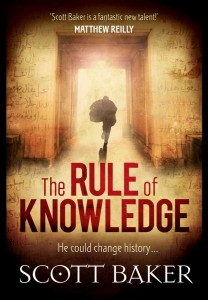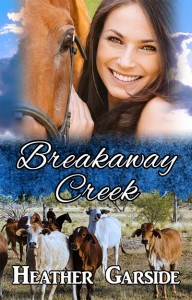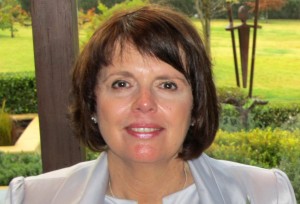The lovely Kaz Delaney was a victim, and when she cried out for other victims, of course we all put our hands up like sheep happy to be led to the shearing shed on a Outback summer’s day. Or maybe a Melbourne heat wave. Authors are like that – happy to blog about their writing and other author’s books and when we get ‘tagged’ there’s rarely a word of protest.
Amanda Ashby tagged me. Amanda is the delightfully zany author of YA books like Demonosity and Fairy Bad Day. 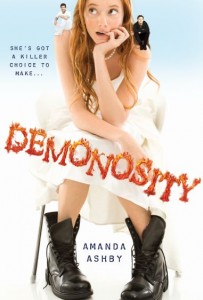 Amanda
Amanda 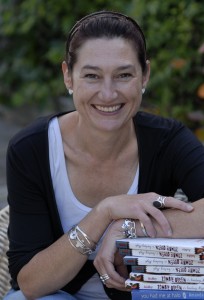 was born in Australia and after spending the last sixteen years dividing her time between England and New Zealand, she’s finally moved back and now lives on the Sunshine Coast.
was born in Australia and after spending the last sixteen years dividing her time between England and New Zealand, she’s finally moved back and now lives on the Sunshine Coast.
She has a degree in English and Journalism from the University of Queensland and is married with two children. Her debut book, You Hand Me at Halo, was nominated for a Romantic Times Reviewer’s Choice award, and her first young adult book, Zombie Queen of Newbury High, was listed by the New York Public Library’s Stuff for the Teen Age 2010. Her latest release, Fairy Bad Day, has been selected by Voya as one of their Top Shelf Fiction for Middle School Readers 2012 and was a SCBWI Crystal Kite Award finalist for the Australia/NZ region.
So thanks, Amanda, for the tag. Well, that was my initial reaction when asked, but then I had to think about my answers to the four questions in the tag and I nearly rescinded my effusive gratitude (just kidding, Amanda, and yes, I am winking)
Q1 What am I working on?
I think my head must be in several different places lately, because I can’t decide if I should keep writing the next women’s fiction or the rural romance I started last month. The women’s fiction is the next book on from Murder, Mayhem and Menopause (which hasn’t found a publishing home as yet), and continues the lives of Ellie, Cass and Kandy, women in the prime of their lives (sounds better than mature-age protagonists, doesn’t it J) and their families and friends. I always like to give my work-in-progress a title, but Conceptions and Misconceptions, which is the working title of book two, doesn’t float my boat, even though it accurately describes some of the story.
The rural romance is still in the Chapter Two phase and is on hold while life intervenes.
Speaking of intervening, the edits on my seventh romantic thriller, Grievous Harm, have just landed in my in-box. Not too much to do, but I have to find/make the time. Not easy when I’m organising the Bundaberg writers festival, WriteFest, and helping some family members at the same time. Ah, well, you know what they say about asking a busy person…
My eighth romantic thriller is still in the embryonic stage, with my subconscious mind trying to cement the many scenarios I’ve thrown into the cauldron into something that resembles a cohesive plot.
“Cauldron” you ask? I’ve always thought a writer’s mind is a bit like Macbeth’s witches cauldron where all the ideas and snippets of information go and get stirred around and around and finally spill out and become a full story with living, breathing characters (well, they are that way to the writer, and hopefully to the reader).
Q2 How does my work differ from others in the genre?
I think all writers put their own stamp on the stories they write, and I think my stamp would be the pacing and tension. As one reviewer said, “It’s like reading Matthew Reilly with romance”. I prefer not to read books that take ages to get to the next plot or character turning point or wax lyrical about fashions or floor coverings or describe the scenery in minute detail as I’m a firm believer in what Graeme Green said – “character is plot”. So I like to read books that get right into the guts of characters and keep me interested in them, as well as having a great plot that hooks me.
Q3 Why do I write what I write?
See the answer to Q2. Okay, it’s not quite as simple as that. I grew up reading every book I could get my hands on, but the ones that really grabbed me were the action-adventure kind. I read every Alistair McLean, Jack Higgins, Robert Ludlum etc book, but I found it frustrating that the female characters had only minor roles, or if they were a main character they would inevitably come to a dire end and the hero would carry on without them. Ken Follett’s The Eye of the Needle was an exception, with a resourceful heroine, and I loved the Modesty Blaise novels. So I guess it was inevitable that when I gave in to my overwhelming compulsion to write, thrillers with great heroes and heroines who could match their courage and daring would be my choice of genre. And falling in love while facing all that danger was definitely the way to go.
Q4 How does my writing process work?
There’s a process? I’ve heard about it, and I’m sure it’s not a rumour because I have friends who have one, but no amount of trying has enabled me to master the “sit my backside on the office seat at a certain time and write to a certain time and then have lunch etc, etc.” scenario.
But wait, that’s a writing routine, isn’t it. A process … Well, I guess it’s that I’m always gathering ideas for plots and characters and locations every minute I’m awake. I try to write them down as soon as I can (yes, there’s a pad and pen beside my bed), and sometimes I write a basic outline of the plot. I fill in character sheets for my main characters and some minor ones. It’s a great way of getting to know them, particularly the part that addresses their family and childhood as we are a product of our environment as much as our genes. The character sheet also acts as a continuity check, especially if it’s for a minor character whose eyes were green in chapter two but by chapter ten I can’t remember if I’d changed them to blue or blue-green.
I’m one of those terrible writers who can’t seem to turn off their internal editor and when I start writing each day (or on those days when I can find the time) I re-read what I last wrote and tweak anything that needs it. I also can’t seem to keep writing if something needs fixing – I have to fix it. Anal, I know, but it also means that I do few re-writes before I give it to my beta readers.
Grammar, spelling, punctuation – can’t help myself, I was an English A+ and treasured my writing bible, the ABC of English Usage. One day I think I will go ballistic if I see another incorrect apostrophe – don’t people know the difference between possessive and plural? Ooops, there I go, being anal again …
And now to introduce the next three victims willing and enthusiastic authors who have been tagged and will be blogging next Monday:
Best-selling author Bronwen Evans grew up loving books. She has always indulged her love of storytelling and is constantly gobbling up movies, books, and theater. Is it any wonder she’s a proud romance writer? Evans is a two-time winner of the RomCon Readers’ Crown and has been nominated for an RT Reviewers’ Choice Award. She lives in Wellington, New Zealand.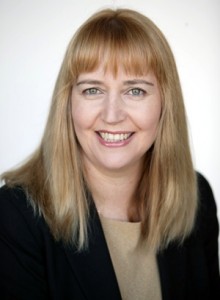
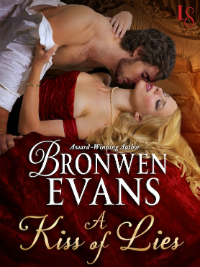
Scott Baker is a film-maker who has recently returned from middle earth, working with Peter Jackson on his epic trilogy – ‘The Hobbit.’
From a young age, Scott was a storyteller, making up elaborate reasons why he wasn’t able to tidy his room when confronted by a sceptical mother. Scott moved from Yorkshire England to the blue mountains of NSW when he was three years old. He grew up learning martial arts, reading fantasy novels and watching movies at every opportunity. He spent his youth playing sports designing elaborate stories to shift the blame for anything that was done wrong onto his older brother.
He studied TV and film production at university, and worked as a consultant in the film industry before lecturing at the Australian National University in digital video. He moved to Canberra to train in the sport of Taekwondo with sights set on the 2004 Olympics, but injury would keep him out of the selections.
‘The Rule of Knowledge’ is Scott’s first novel. He is currently working on the development of two feature films and his second novel. He lives somewhere on the highway between Sydney and Canberra in a little red Hyundi Excel….
http://www.ruleofknowledge.com
Heather Garside grew up on a cattle property in Central Queensland and now lives with her husband on a beef and grain farm in the same area. She has two adult children.
She has previously published three historical romances and has helped to write and produce several compilations of short stories and local histories. The Cornstalk was a finalist in the 2008 Booksellers’ Best Award, Long Historical category, for romance books published in the USA. Her rural romance, Breakaway Creek, was a finalist in the QWC/Hachette Manuscript Development Program and is now published by Clan Destine Press.
She works part time at the local library, at home on the farm and helps produce a local monthly newsletter, amongst other voluntary activities.
